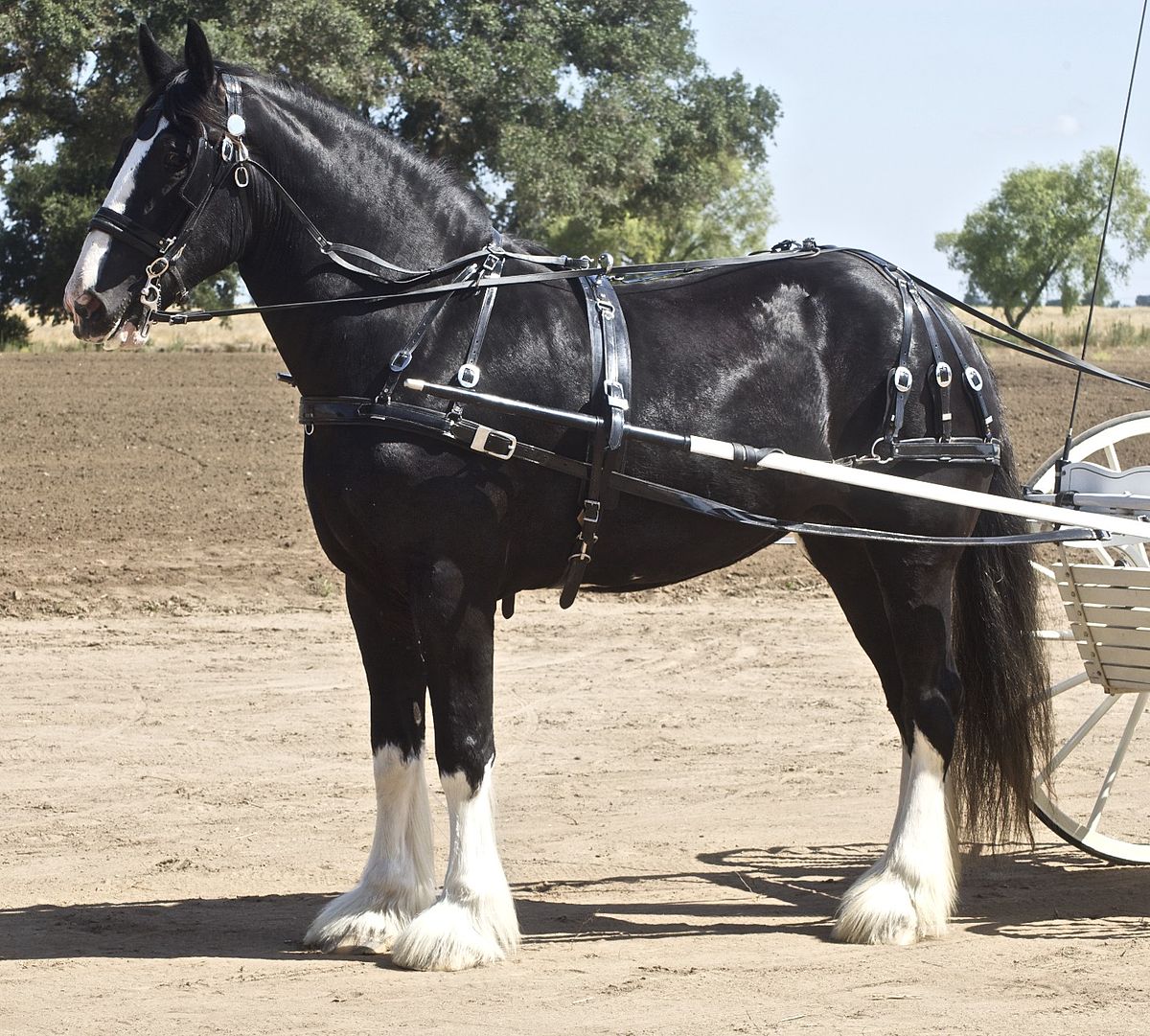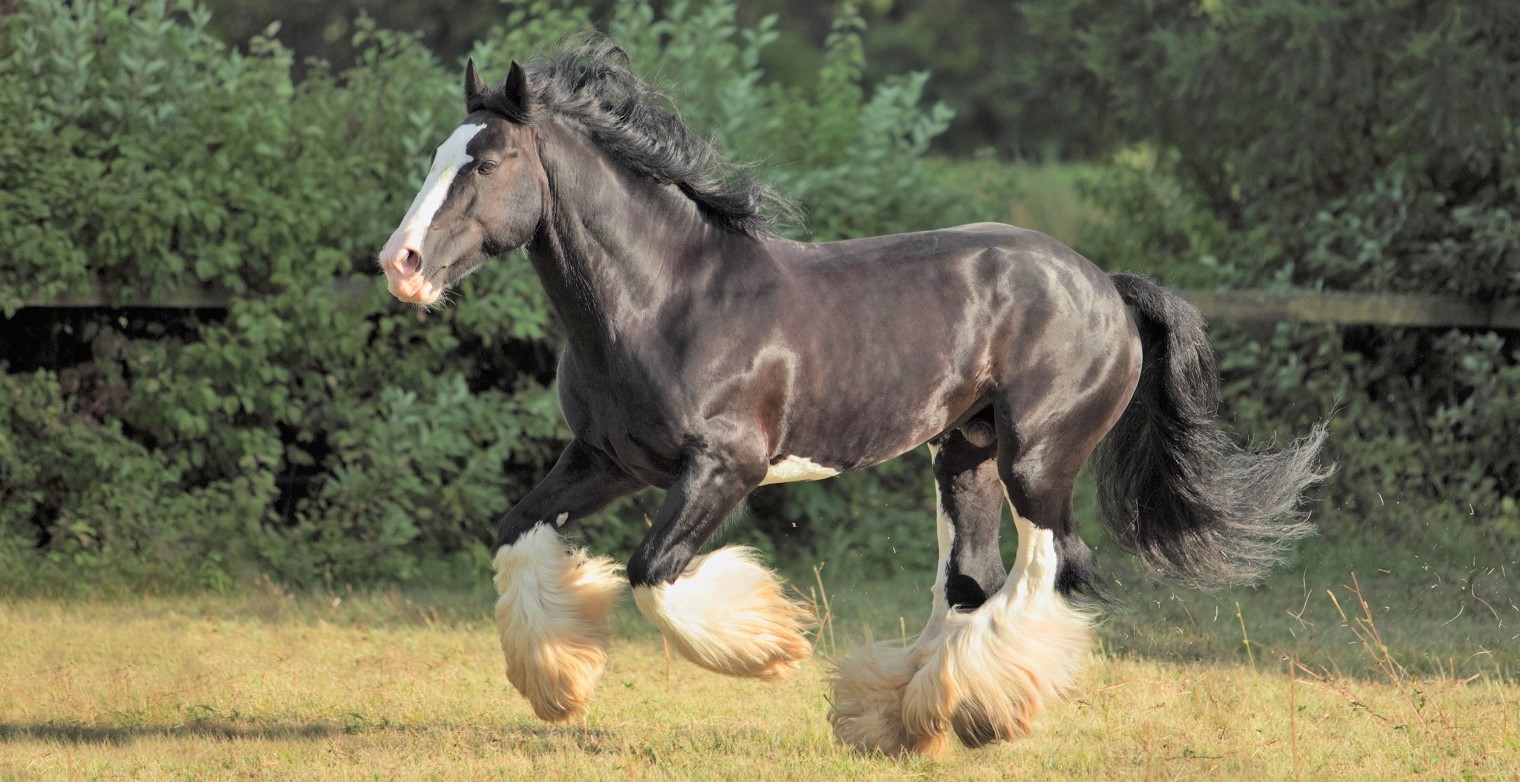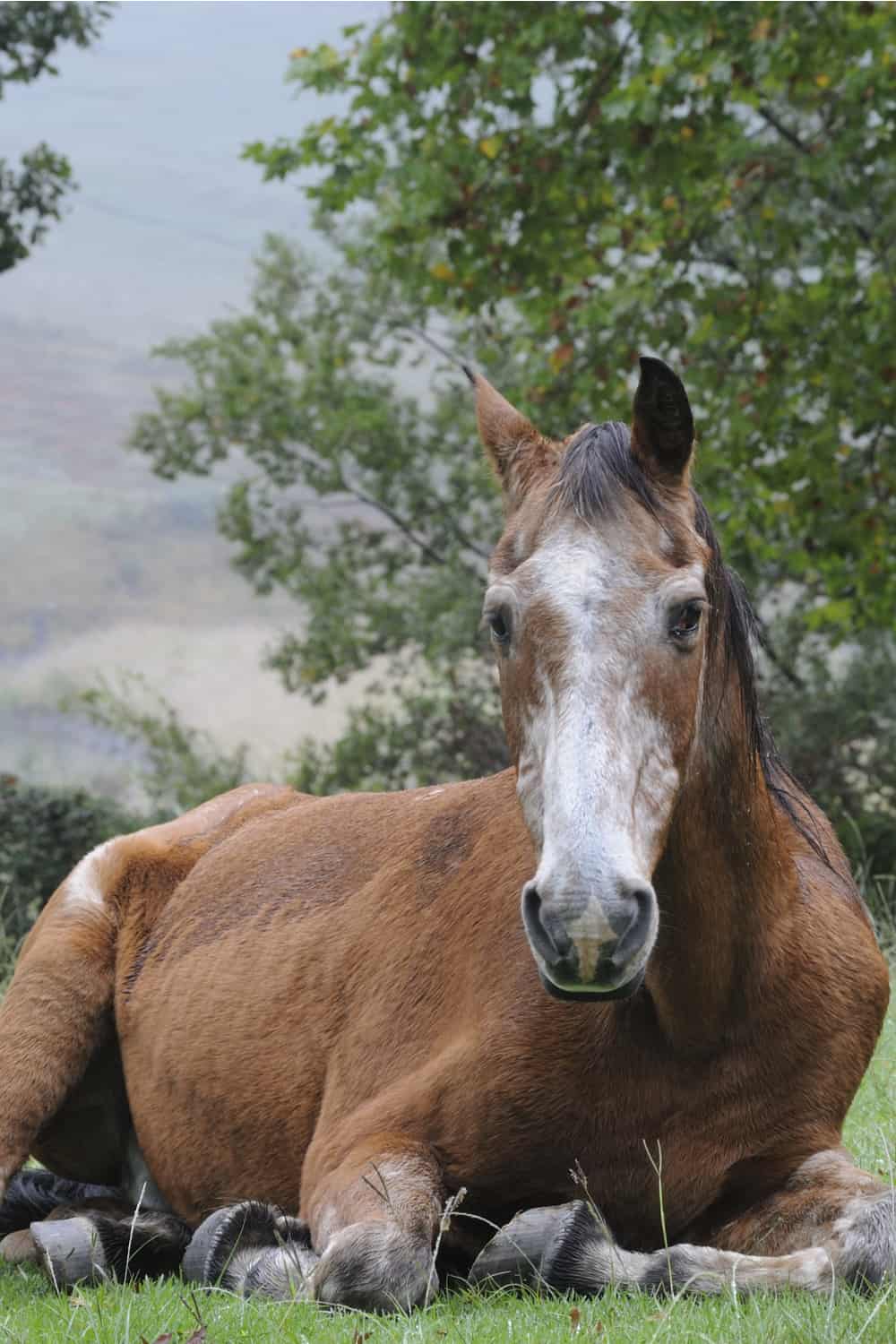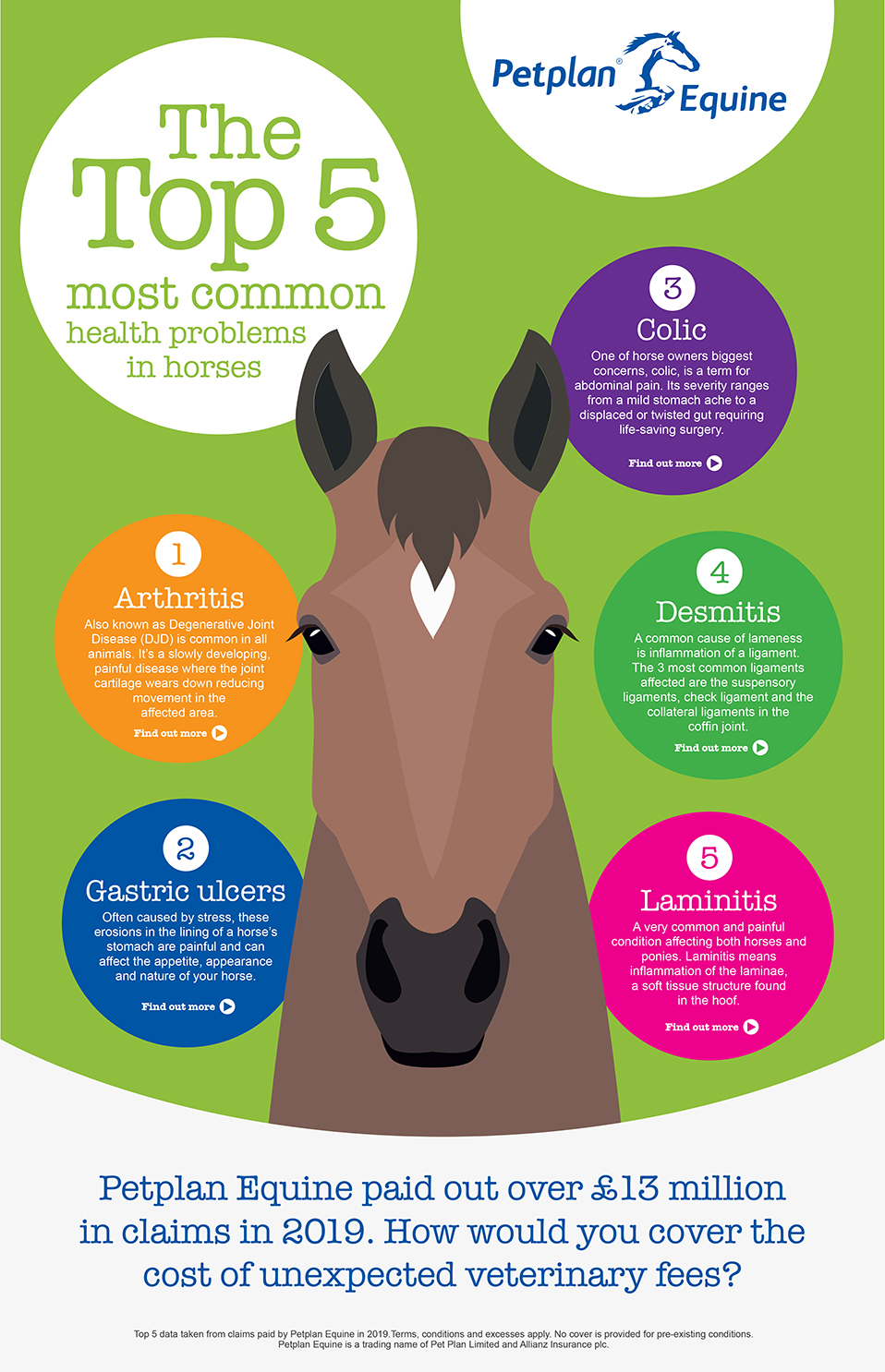Shire horses are a well-known breed of horse that have been around for centuries. Their size and strength make them perfect for farming, pulling carriages, and other heavy work. But how long do these beautiful creatures live? In this article, we will explore the life expectancy of shire horses and explain why they are such long-lived animals.
History of Shire Horses

Shire horses are a breed of draught horse originating in England. They are known for their immense size and strength, and were historically used for heavy farm work and hauling cargo.
Shire horses date back to the 16th century, when they were bred from a variety of native horses and imported Flemish horses. By the 18th century, they had become popular for a wide variety of tasks, including ploughing, carting, and hauling heavy loads.
The Shire Horse Society was established in 1878, and the first Shire Horse Stud Book was published in 1885. During this time, the breed began to be used for showing and competition, and the first Shire Horse Show was held in 1885.
The breed continued to be popular throughout the 20th century, and today, the Shire Horse is still used for a variety of tasks, including logging and forestry work, as well as showing and driving.
- 16th century: Shire Horses originate from a variety of native horses and imported Flemish horses
- 18th century: Shire Horses become popular for ploughing, carting, and hauling heavy loads
- 1878: Shire Horse Society is established
- 1885: First Shire Horse Stud Book is published, and the first Shire Horse Show is held
- 20th century: Shire Horses continue to be popular
- Present day: Shire Horses still used for logging, forestry work, showing, and driving
Characteristics of Shire Horses

Shire horses are one of the largest breeds of horses in the world. They are strong, muscular, and athletic animals that can reach up to 18 hands in height and weigh up to 2,200 pounds. They have a long, thick mane and tail, and a straight profile with a short back and strong, straight legs. Shire horses are known for their calm, gentle nature and their willingness to work.
| Characteristic | Description |
|---|---|
| Height | Up to 18 hands |
| Weight | Up to 2,200 pounds |
| Mane & Tail | Long and thick |
| Profile | Straight |
| Back | Short |
| Legs | Strong and straight |
| Personality | Calm and gentle |
| Work Ethic | Willing to work |
Average Lifespan

Shire horses are known to have a long lifespan and typically have an average lifespan of:
- 25-30 years in captivity
- 20-25 years in the wild
The lifespan of a shire horse is mainly determined by its diet, the amount of exercise it gets, the amount of care and attention it gets, and the overall health and well-being of the horse. A healthy horse with good care can live up to 30 years and possibly longer.
It is important to note that the lifespan of a shire horse is heavily dependent on the individual horse. Some horses may have shorter lifespans due to poor health, while others may live longer due to good care and attention.
The average lifespan of a shire horse is significantly longer than most other horse breeds, making them a great choice for those looking for a long-term companion.
Factors Affecting Lifespan

Shire horses are a hardy and sturdy breed, known for their long life spans. On average, a Shire horse can live up to 25 years when provided with proper care and nutrition. However, the lifespan of a Shire horse can be affected by a variety of factors.
One major factor that affects the lifespan of a Shire horse is genetics. Shire horses with strong, healthy genes and a good family history of longevity tend to live longer than those with weaker genes. Additionally, the breed of the horse can affect its lifespan. Crossbred Shire horses may not live as long as purebred Shire horses, as they can inherit some genes that reduce their life expectancy.
The diet of the horse is an important factor in determining its lifespan. A Shire horse should have a balanced diet that includes a variety of forages, grains, and minerals. Without proper nutrition, the horse’s health and lifespan can be greatly affected.
Exercise and activity level can also have an effect on the lifespan of a Shire horse. Horses that are allowed to roam and graze freely in a pasture tend to live longer than those that are kept in stalls and not allowed to get adequate exercise.
Finally, the environment in which the horse is kept is an important factor. Shire horses kept in a clean and dry environment with adequate shelter are more likely to live longer than those kept in an unhealthy environment. Additionally, the horse should be provided with regular veterinary care to ensure it stays healthy and lives a long life.
By taking into account these factors, owners can ensure their Shire horse is able to live a long and healthy life.
Common Health Problems

Shire horses are generally considered a healthy breed, but they can suffer from some of the same health problems that affect other large horse breeds. Common health problems include founder (laminitis), colic, and joint infections. Horses can also suffer from gastrointestinal parasites, respiratory infections, and allergies.
Founder is a condition that can occur when a horse’s hooves become overloaded with too much weight or pressure, causing them to become inflamed and painful. Colic is an intestinal disorder that can cause abdominal pain and discomfort. Joint infections can cause swelling and pain in the joints and can be caused by bacteria or fungi.
Gastrointestinal parasites are an issue that can cause diarrhea, weight loss, and anemia. Respiratory infections can cause a horse to have difficulty breathing, and allergies can cause itching and skin irritation.
It is important for owners to be aware of these health issues, and to take steps to keep their horse healthy and minimize their risk. Regular check ups with a veterinarian, good nutrition, and properly maintaining the hooves are all important steps to ensure a healthy and happy horse.
Diet and Nutrition

Shire horses are strong and hardy animals, but like all horses, they require a balanced diet and adequate nutrition to stay healthy and live a long life. To ensure that your Shire horse is living a long and healthy life, it’s important to provide a nutritious diet that is composed of the following:
- A variety of forages, such as hay, grass, and legumes
- A ration balancer or concentrate feed
- Salt and mineral supplements
- Vitamins and minerals
- A source of fresh, clean water
It’s also important to pay attention to your horse’s appetite and make sure they are eating enough of the right foods. If your Shire horse’s appetite decreases, it may be a sign of an underlying health condition. If you notice any changes in your horse’s diet, it’s important to consult your veterinarian as soon as possible.
Regular exercise is also important for the health and longevity of your Shire horse. Exercise helps keep their muscles and bones strong and gives them an outlet for their energy. Regular exercise also helps to maintain a healthy weight, as Shire horses can easily become overweight if not managed properly.
By providing a balanced diet and regular exercise, you can help ensure that your Shire horse lives a long and healthy life.
Exercise and Activity
Shire horses can live up to 25 years and more with the right exercise and activity. Regular exercise is essential for shire horses to remain healthy and live a long life.
| Exercise | Recommendation |
|---|---|
| Turn-out | At least 1-2 hours daily with other horses in a safe space. |
| Riding | A minimum of 25 minutes of riding per day or at least 3 times a week. |
| Grazing | Allow the horse to graze as much as possible when not being ridden. |
In addition to exercise, shire horses should be given a variety of activities to keep them mentally stimulated. Activities such as turnout with other horses, long walks, ground work, and playing with toys can help keep a shire horse mentally active. Shire horses should also have regular vet check-ups to ensure they are healthy and free from any health issues.
Frequently Asked Questions
1. What are the physical characteristics of a Shire Horse?
Shire horses are strong and powerful horses that are known for their impressive size and stature. They typically stand between 16 and 17 hands high and can weigh up to 2,000 pounds. They have a large, muscular body, a long, straight neck, and a strong, sloping back. They have a long, broad head and wide nostrils. Their legs are thick and muscular, with a short, dense coat of hair.
Shire horses come in a variety of colors, including black, bay, chestnut, and roan. They have a long, flowing mane and tail, and their feet are large and round.
- Height: 16 to 17 hands
- Weight: Up to 2,000 pounds
- Body: Muscular and broad
- Neck: Long and straight
- Back: Sloping
- Head: Large and broad
- Nostrils: Wide
- Legs: Thick and muscular
- Coat: Short and dense
- Color: Black, bay, chestnut, and roan
- Mane and Tail: Long and flowing
- Feet: Large and round
2. What is the Average Size of a Shire Horse?
Shire Horses are typically one of the largest equine breeds, with an average size of around 17 to 19 hands high (roughly 5.5 to 6.2 feet). On average, a Shire Horse can weigh around 1,800 to 2,200 pounds. They have a large, muscular frame and broad chest, with long, powerful legs.
The typical size of a Shire Horse is as follows:
- Height: 17 to 19 hands (5.5 to 6.2 feet)
- Weight: 1,800 to 2,200 pounds
- Body Type: Large, muscular frame with broad chest and long, powerful legs
3. Are Shire Horses used for riding?
Shire Horses are not typically used for riding, but they can be. Generally, they are used for pulling heavy loads, such as a carriage or cart, and for agricultural work. They are also used in shows and competitions, such as driving and in-hand classes.
Shire Horses have a gentle temperament, making them suitable for riding. They are strong, powerful, and have a good sense of balance, which makes them suitable for both novice and experienced riders alike. They are also known for their calm and trusting nature, which makes them a great choice for riding.
In terms of riding, Shire Horses are well-suited for pleasure riding, trail riding, and even light jumping. Most Shire Horses are comfortable with carrying a person of any size, although they may need a larger saddle to accommodate their large size.
- Shire Horses are not typically used for riding.
- They can be used for riding, however, and are suitable for novice and experienced riders alike.
- They are well-suited for pleasure riding, trail riding, and even light jumping.
- Most Shire Horses are comfortable with carrying a person of any size, although they may need a larger saddle to accommodate their large size.
4. What type of environment is best suited for a Shire Horse?
Shire Horses are best suited to a calm, pasture environment. Some of the ideal conditions for a Shire Horse include:
- Rich grassland with plenty of grazing opportunities
- Room to exercise and move freely
- A dry and warm shelter
- Protection from extreme temperature changes
- Access to fresh water and food
Shire Horses need a lot of space to move around, so it is important to give them a large area of pasture to graze on. It is also important to provide them with shelter from the elements and protection from extreme temperature changes. A dry and warm shelter is essential for a Shire Horse to stay healthy and comfortable. Lastly, make sure that the Shire Horse has access to fresh water and food.
5. What kind of health issues do Shire Horses commonly suffer from?
Shire Horses are generally healthy and long-lived, but they can suffer from a number of health issues, including:
- Lameness and foot problems
- Recurring infections
- Respiratory diseases
- Joint problems
- Colic
- Allergies
- Skin conditions
In addition, due to their large size and heavy weight, Shire Horses are prone to developing laminitis, a painful and potentially dangerous condition caused by inflammation of the sensitive inner layers of the hoof. Proper nutrition and regular hoof care are essential to keep Shire Horses healthy and comfortable.
Conclusion
Shire horses are majestic and powerful animals that are known for their strength and size. They are also known for their long lifespan. Shire horses can live up to 25 years or more, depending on their living conditions and the care they receive. They can be prone to some health issues, so it is important to ensure they are well looked after and receive regular veterinary care. With proper care, Shire horses can have a long and fulfilling life.
References
- Newberry, R. C., & Young, C. (2008). Equine Internal Medicine. St. Louis, MO: Elsevier Saunders.
- Vaughan, J. T., & McEwen, B. (2014). Equine Reproduction. St. Louis, MO: Elsevier Saunders.
- McGreevy, P. D., & French, N. P. (2011). Veterinary Clinical Epidemiology. Oxford, UK: Wiley-Blackwell.
- McGavin, M. D., & Zachary, J. F. (2012). Pathologic Basis of Veterinary Disease. St. Louis, MO: Elsevier Saunders.



